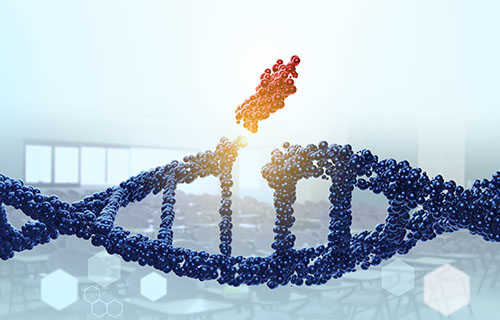
Histone Modification and Epigenetics: Deciphering the Biological Significance of Histone Modification
In the realm of epigenetics, histone modification constitutes a crucial research area. It involves a series of chemical alterations to histones subsequent to translation. These modifications do not modify the DNA sequence but exert a substantial impact on gene expression and chromatin structure. Introduction of Histone Modification Histone modification refers to the chemical modification of […]


 Sample Submission Guidelines
Sample Submission Guidelines







